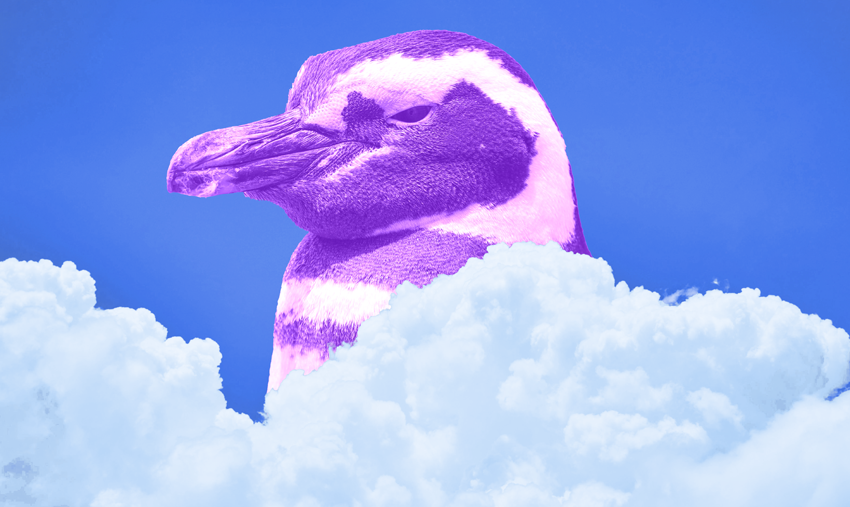Weird animal sleep habits: an investigation
Or, a trip to the zzzzzzzzoo

Last week’s big animal news was an absolute bombshell: Chinstrap penguins depend on thousands of “microsleeps” a day during the breeding season, with each tiny nap lasting just four seconds.
These naps add up to 11 hours a day, but as any parent of a newborn could tell you, that’s not at all the same as sleeping for hours at a time. And one of the German researchers confirmed that the penguins look as wrecked as new parents do: “like drowsy drivers, blinking their eyes open and shut, and they do it 24/7 for several weeks at a time.”
Of course, most animals have no choice but to adapt their sleep habits if they want to keep riding the evolutionary wave. So this news made us wonder: What other animals have super-wack sleep habits?
Giraffes
Living in predator-heavy African savannahs, giraffes are power-nap experts—their survival depends on it. Giraffes in the wild rarely sleep lying down. If you wonder why, just imagine a gangly giraffe having to go from sitting to standing, with a nearby pride of lions licking their collective chops). With no horns, sharp teeth, or thick hides, giraffes are large and also largely defenseless, which is why they only average 3 hours per day, mostly made up of short 10-minute bursts.
Dolphins
It’s kind of nice not having to think about controlling our breathing while we doze off into restful sleep, isn’t it? Dolphins, our fellow mammals, don’t have that luxury. They must actively decide to breathe, so to avoid suffocating or drowning, they must stay conscious, even during sleep. As a brilliant evolutionary workaround, sleeping dolphins keep half of their brains working at any given time (called unihemispheric sleep), ensuring they can breathe and detect danger while resting quietly at the surface of the water.
Frigatebirds
First of all, let’s reflect on how much fun it is to say “frigatebirds.” These seagoers stay airborne for up to two months at a time without touching land or water. (They can’t swim, so emergency water landings are not an option.) The Chinstrap penguin researchers have discovered similar sleep patterns in frigatebirds—a mere 45 minutes of sleep (while flying!) per day, in ten-second bursts, usually after dark. When they get back to land, this balloons to one-minute bursts of sleep, for a total of 12 hours per day. What a welcome relief that must be!
Ducks
You know the expression “sitting ducks”? Well, whether sitting or sleeping, ducks attract all kinds of predators. They also rely on unihemispheric sleep (like dolphins), but also resort to sleeping in a row, feather to feather, to stay safe. The birds at the end of the row become designated “guard” ducks, sticking to light sleep while keeping one eye open. The lucky ducks in the middle of the row get to sleep with both eyes closed.
Horses
Horses only require 3 hours of sleep per day, and only 30-60 minutes of REM sleep (they even snore sometimes) which they can only get while completely resting their bodies, by lying down. The rest of their day is spent dozing off in an upright standing position. To do so, horses use a unique anatomical mechanism of muscles, ligaments, and tendons in their hind legs called the “stay apparatus”. This mechanism is activated by the horse’s patella, which pops out of place and locks one of the hind legs while standing, while the other leg stays relaxed.
Sea Otters
Ah, to be a sea otter, serenely floating on its back in perfect repose. The little guys probably have it best out of all our subjects, spending up to eleven hours a day resting and sleeping in protective “rafts” of 60 to 100 other sea otters. But before the gentle waves put them to sleep, they wrap their lithe bodies in seaweed as an anchor, to prevent them from drifting out to sea. D’aww!
